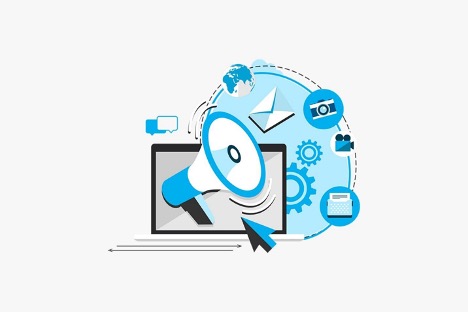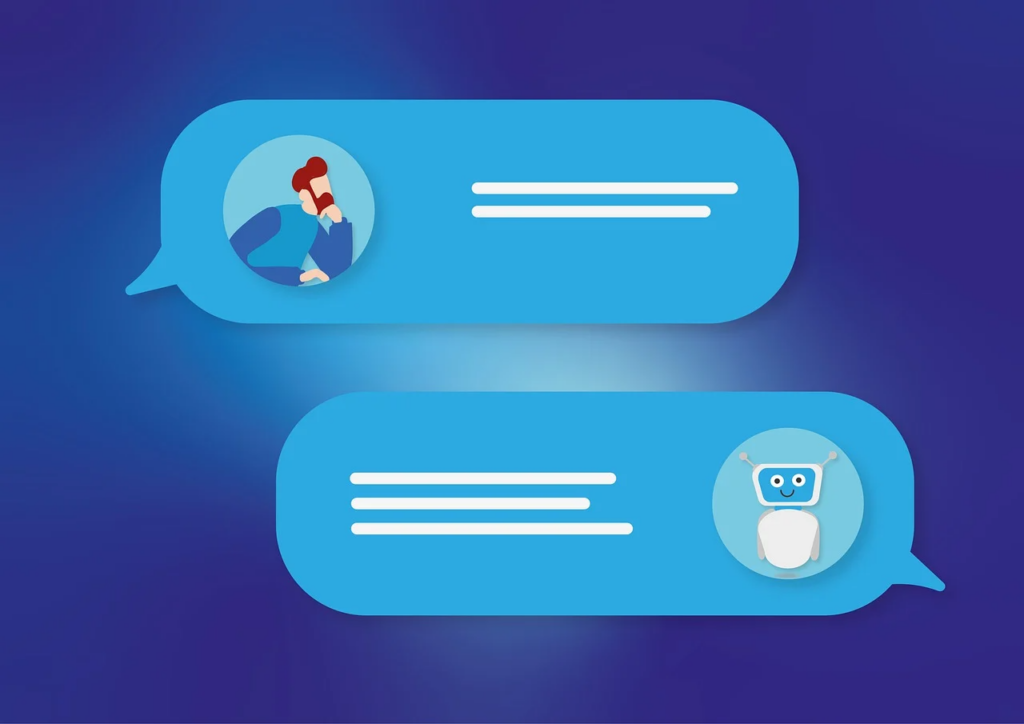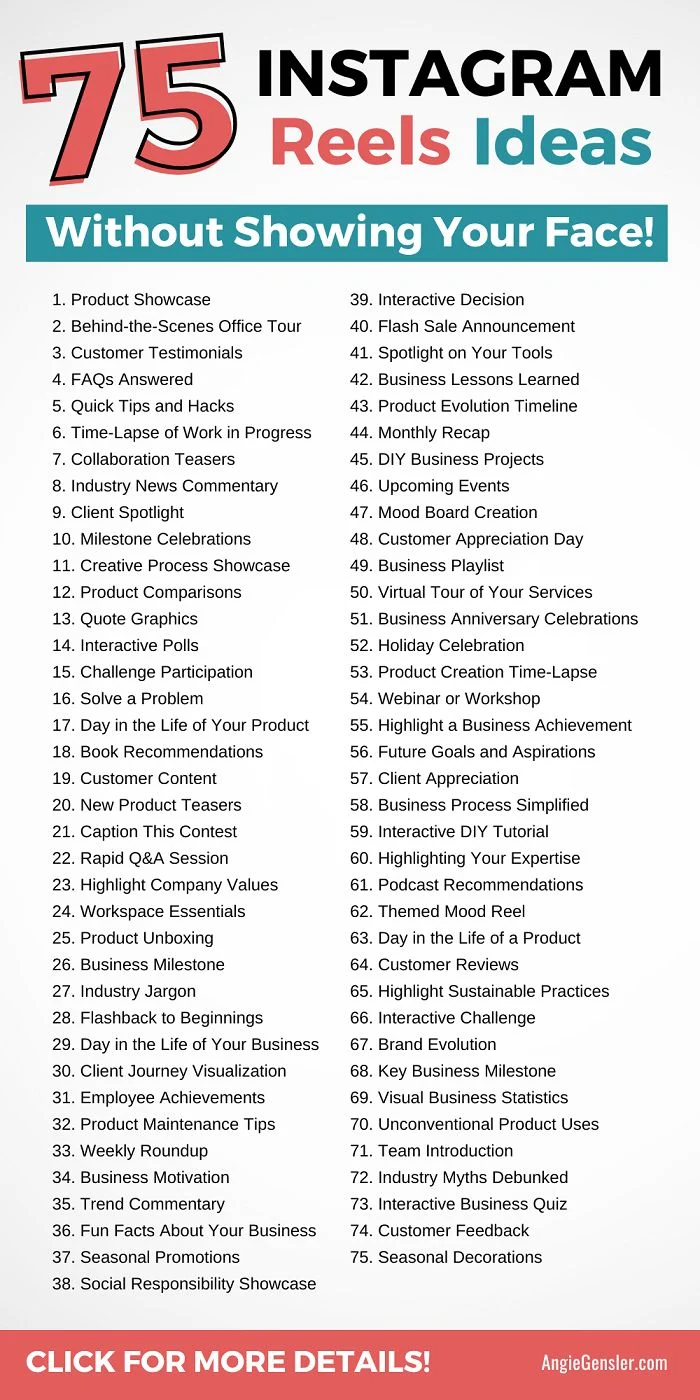Looking for new ways to re-ignite your social media posts?
This could help. The team from Giraffe Social Media have put together a new overview of how you can use rhythmic styles in your content to guide your audience response.
Using different styles, based on tried and true formats, can help to drive better flow, encourage participation, spark more interest, etc.
It’s an interesting consideration, which could be worth experimenting with in your approach.
You can check out Giraffe Social Media’s full overview here.













